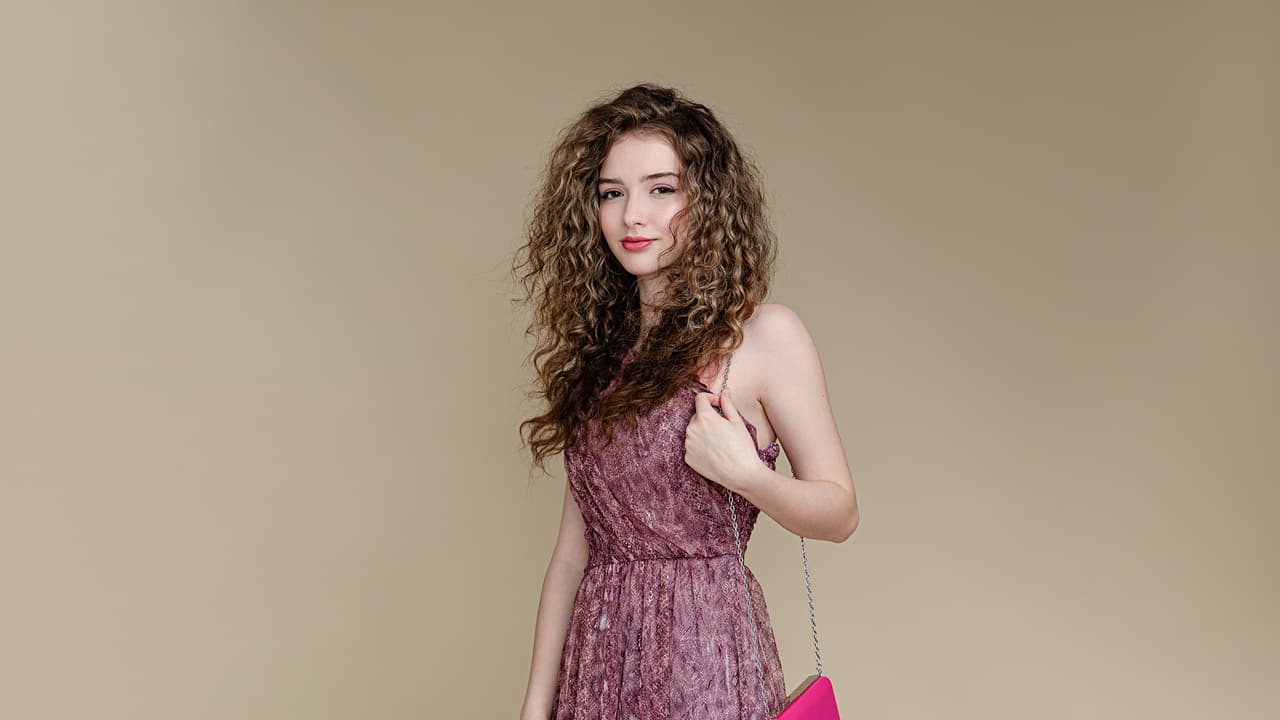A new University of Toronto study reveals that AI image generators consistently produce narrow beauty ideals—young, white, thin women and hyper-muscular men—highlighting how technology amplifies unrealistic body standards and lacks diversity.
Artificial intelligence is shaping everything from our shopping choices to the images we see online — but a new study shows it may also be reinforcing unrealistic beauty standards. Researchers from the University of Toronto asked three major AI image generators to create what they considered the “ideal” male and female body. The results were strikingly uniform — and deeply problematic.
AI Still Thinks ‘Perfect’ Means Young, White and Unrealistically Fit
Across 300 generated images, the study found that the so-called “perfect” woman was almost always young, white, blonde and dressed in revealing clothing. She had extremely low body fat, smooth skin and not a trace of cellulite.
The male images were equally narrow: nearly all showed muscular, shirtless, young men with low body fat and black hair. Not a single image depicted a bald man, an older adult, or someone with a visible disability.
Researchers say this shows AI isn’t just reflecting existing biases — it may be amplifying them.
A Beauty Ideal Stuck in One Mold
While beauty trends have always changed across decades — from Marilyn Monroe curves to the 90s “heroin chic” look — today’s AI seems frozen in a limited Western ideal. The lack of racial, age and body-type diversity reveals how machine learning models can internalize and exaggerate stereotypes.
Experts warn that these unrealistic portrayals could shape public perception, especially among younger users who constantly interact with AI-generated content.
Why It Matters for the Future
Researchers argue that AI developers need a human-centred, diverse approach when training models. Without proper checks, technology could continue to promote harmful and exclusionary standards.
